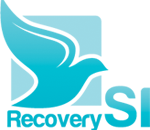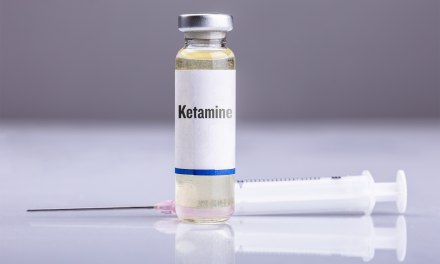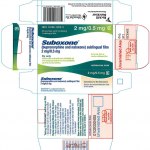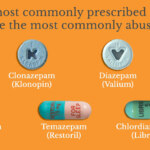I haven’t encountered many primary care physicians who make extensive use of the various medications now available for the treatment of alcoholism. In my experience, where a primary practitioner has addressed AUD at all, it’s been to refer patients out to a specialist or a treatment program.
That works well in some cases, not so well in others. The outcome has been largely dependent on the patient’s willingness to cooperate, and that varies from patient to patient.
For some, however, other options may be available. Here’s an article that appeared last year in the Journal of the American Academy of Family Physicians (AAFP), reviewing several medications approved for use with patients who have an Alcohol Use Disorder (AUD).
To quote: “Strong evidence shows that naltrexone and gabapentin reduce heavy-drinking days and that acamprosate prevents return-to-use in patients who are currently abstinent; moderate evidence supports the use of topiramate in decreasing heavy-drinking days.”
Naltrexone was developed for use with opioid disorders, but research suggests it can also help to reduce heavy drinking. That would be attractive to the patient who wants to cut down consumption, but is not willing to abstain. There are a lot of folks in that category, especially because most people who do finally get sober have gone through many unsuccessful attempts at “controlled drinking” on the way.
Topiramate might serve a similar purpose, but the evidence for its effectiveness is less reliable.
Gabapentin is an anti-epileptic widely prescribed for pain, particularly nerve pain. It’s not a controlled substance, but there have been a fair number of reports of abuse, often in combination with other drugs.
Acamprosate may be of some help to those who struggle with lapses and relapses in early recovery.
I imagine the main challenge for all these drugs is “medication adherence.” Translation: patients decide to stop taking them. That’s one reason monthly injections were developed for naltrexone — to increase compliance. Then again, the patient still has to show up for the monthly injection, and that’s far from guaranteed.
I wouldn’t expect any of the above medications to eventually lead to abstinence. Their value is primarily in terms of harm reduction.
By the way, the article asserts that little evidence exists that disulfiram (Antabuse) is effective outside supervised settings. Once again, many patients simply stop taking it, wait a few days, and resume drinking.
I suspect that if a patient’s AUD is relatively mild in severity, or less extensive by history, that might be an optimal situation for use of these medications in a primary care setting. With more advanced AUDs, say in the high moderate to severe range, the structure of treatment and peer support would probably produce the superior outcome.













